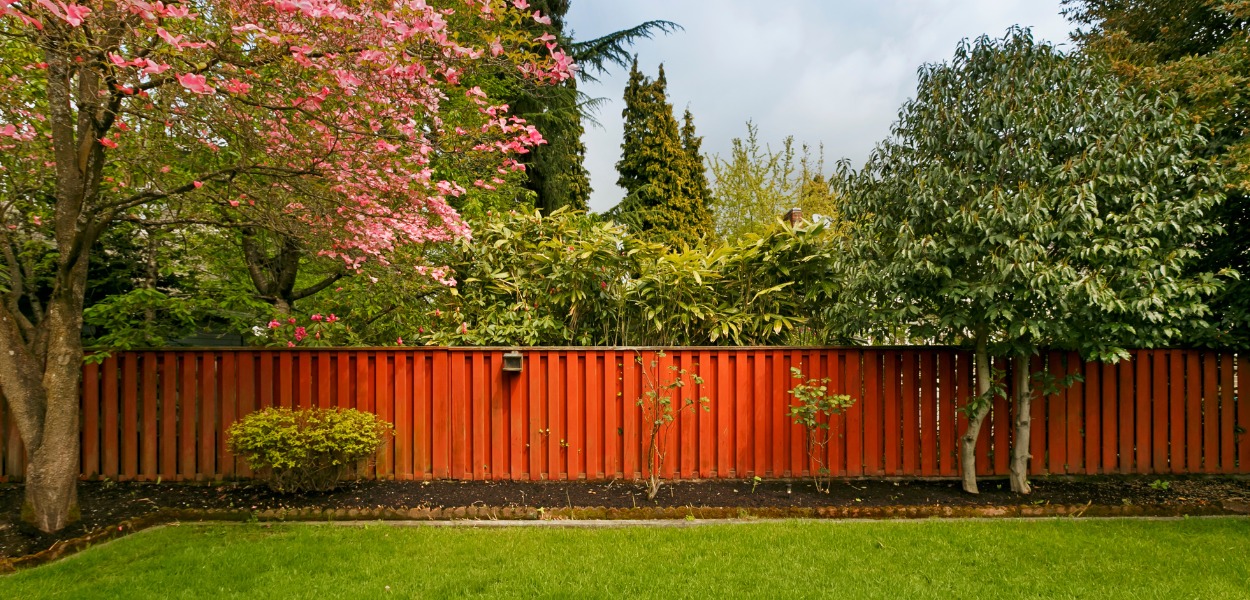All Categories
Featured

A fence functions as even more than simply a boundary; it offers personal privacy, protection, and enhances the curb allure of your residential property. Like any type of outdoor framework, a fencing will unavoidably deal with wear and tear from the aspects and age. While routine maintenance can prolong the life of your fence, there comes a time when repairs no more are sufficient, and it's time to consider substitute. Just how do you understand when your fence is beyond conserving? Below are some vital indications that your fence may require to be changed.
- Noticeable Damage or Use. Among the most noticeable indicators that your fencing is nearing completion of its life expectancy shows up damages. This might include cracks, divides, bending, or damaged areas. Wood fencings are specifically susceptible to splitting or splintering gradually, while plastic fencings can develop splits. Metal fencings, like chain-link or wrought iron, can likewise come to be harmed via corrosion or bent articles. If the damage is prevalent or structural, fixing specific sections may not be sufficient, and changing the fence becomes needed.
- Rot and Decay. If you discover that parts of your fence really feel soft to the touch or if you see mold or fungi growing, it's an indicator of rot. Small rot can sometimes be repaired, substantial degeneration, specifically near the base of fence posts, can endanger the stability of the entire fence.
- Leaning or Tilting. A leaning fence is a clear sign that something is incorrect with its architectural assistance. With time, messages may change as a result of soil erosion, water damage, and even origin development from close-by plants. While minor tilting can often be corrected by correcting the posts and safeguarding them, considerable leaning often suggests that the blog posts have actually been harmed beyond repair work. It may be time to change the afflicted sections or the whole fencing. if the fence proceeds to lean in spite of attempts at modification.
- Rust or Deterioration (For Metal Fencings) While small rust can typically be eliminated and treated, extensive rust that endangers the fence's stability is an indication that substitute is required. It's better to change a greatly corroded steel fencing than to proceed attempting repairs.
- Bug Infestations. Wood fencings are an usual target for bugs like termites, woodworker ants, and rats. In situations where the damages is extreme, the damaged fence messages or boards may need to be replaced to restore the fence's stability.
- Trouble Maintaining the Fencing. If you locate on your own continuously making repair work to the exact same areas of your fencing, it can be an indicator that the fencing is past its prime. If you're investing even more money on patching up old sections than you would on a full substitute, it's time to consider changing the fence altogether.
- Age of the Fencing. While the lifespan of a fence can differ depending on the material, area, and weather problems, the majority of fences last in between 15 and 20 years. If your fencing is approaching or exceeding its anticipated lifespan and revealing indicators of wear and tear, it might be time to change it.
- Outdated Appearance. Occasionally, a fence simply ends up being outdated, no longer matching the design or requirements of your residential property. Over time, your taste, the landscape, or the style of your home might alter. , if your fencing no longer enhances your home or fulfills your requirements-- such as privacy, security, or aesthetics-- it may be time to take into consideration a replacement.. New fencing products and designs are available that deal enhanced aesthetic, functionality, and durability appeal.
- Fence No More Offers Its Purpose. Your needs for a fence can develop with time. As an example, if your original fence was designed for design or to keep animals included, today you need a lot more personal privacy or safety, a substitute could be necessary. A fencing that no more offers its desired function is not only less efficient however can likewise take away from the total value of your building. In such cases, changing the fencing with one that satisfies your present demands is the very best option.

Final thought. If you notice any of the indicators provided above-- noticeable damage, rot, leaning, pest problems, or an outdated appearance-- it might be time to replace your fence. Replacing an old, damaged fencing can enhance the total value of your residential property, boost safety and security, and provide your lawn a fresh appearance.
Latest Posts
Experience the Flavors of Lucky Street at FunCity Resort
Published Apr 20, 25
1 min read
NAPA AutoCare Certified: Trust Montclare Auto Repair for Reliable Auto Care
Published Apr 19, 25
2 min read
Trusted Auto Repair Locally - Trust Montclare’s Auto Specialists
Published Apr 19, 25
2 min read
More
Latest Posts
Experience the Flavors of Lucky Street at FunCity Resort
Published Apr 20, 25
1 min read
NAPA AutoCare Certified: Trust Montclare Auto Repair for Reliable Auto Care
Published Apr 19, 25
2 min read
Trusted Auto Repair Locally - Trust Montclare’s Auto Specialists
Published Apr 19, 25
2 min read